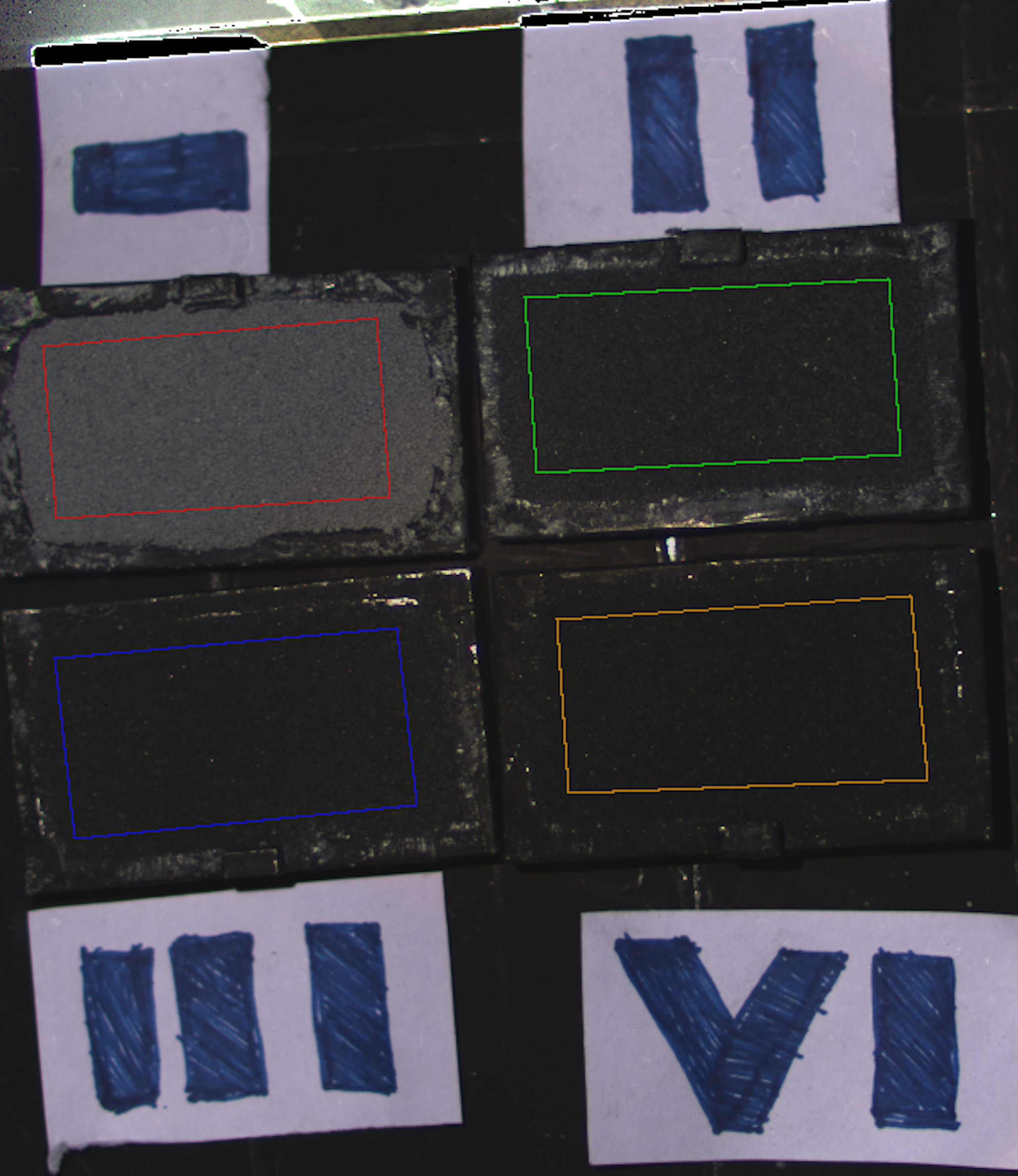- Title
- Vis BRDF of binary mixtures of silicon dioxide (SiO2) particles (0.5 - 10 µm) and Juniper charcoal particles (less than 50 µm)
- DOI
- 10.26302/SSHADE/EXPERIMENT_CF_20200723_000
- Data reference
- Feller, Clement (2020): Vis BRDF of binary mixtures of silicon dioxide (SiO2) particles (0.5 - 10 µm) and Juniper charcoal particles (less than 50 µm). SSHADE/BYPASS (OSUG Data Center). Dataset/Spectral Data. https://doi.org/10.26302/SSHADE/EXPERIMENT_CF_20200723_000
- Publications
- Database(s)
- Experimentalists
- Type(s)
- laboratory measurement
- Number of spectra
- 11
- Variable type(s)
-
- sample composition
- Instrument
- PHIRE-2 - Bidirectional reflectance Vis-NIR
- Standard medium
- vacuum
- Observation mode
- multi wavelengths
- Spectral range type(s)
- Vis, NIR
- Valid spectral range(s)
-
Min - Max () Sampling () Resolution () Position accuracy () Absorption edge #1 400.0 - 1100.0 115.0 70.0 - Filters
-
Type Center/Edge () Width () Place #1 Bandpass 450.0 70.0 #2 Bandpass 550.0 70.0 #3 Bandpass 650.0 70.0 #4 Bandpass 750.0 70.0 #5 Bandpass 905.0 10.0 #6 Bandpass 1064.0 10.0
Definition: incidence and emergence angles are positive with origin at nadir, and vary in same direction. Azimuth origin (increasing clockwise) is for i = e (opposition geometry).
- Observation geometry
- bidirectional
- Observation mode
- three variable angles
- Observation mode
- single spot
- Date begin - end
- 2020-07-23 - 2020-07-28
Versions
- Release date
- 2023-12-07 08:35:24+0000 UTC
- Version (Date)
- #1 (2023-12-07 08:35:24+0000 UTC, Updated: 2023-12-07 08:35:24+0000 UTC)
- Sponsors
-
- Swiss National Science Fundation (SNSF)
- Comets Physics Laboratory (CoPhyLab)

